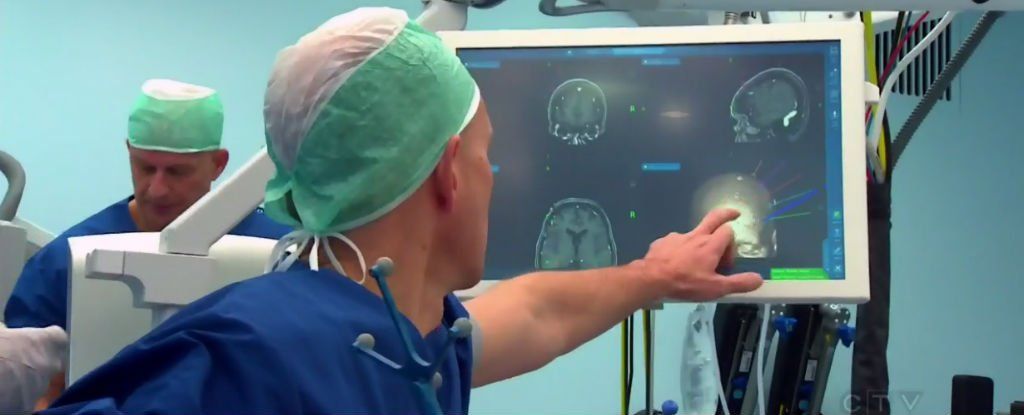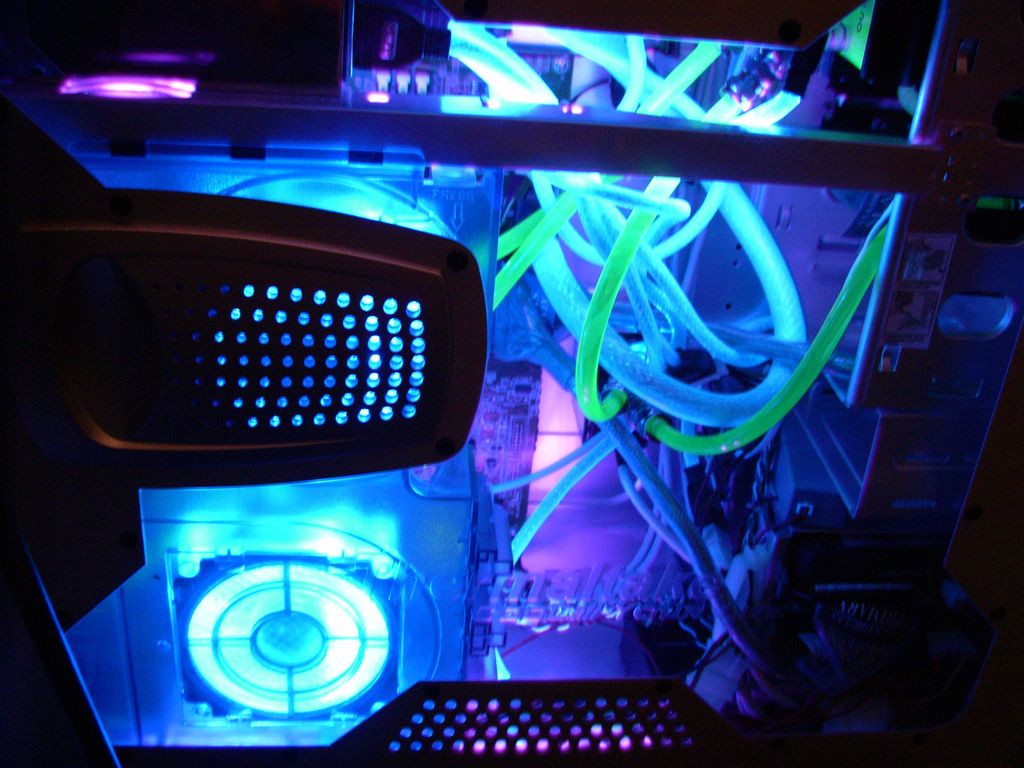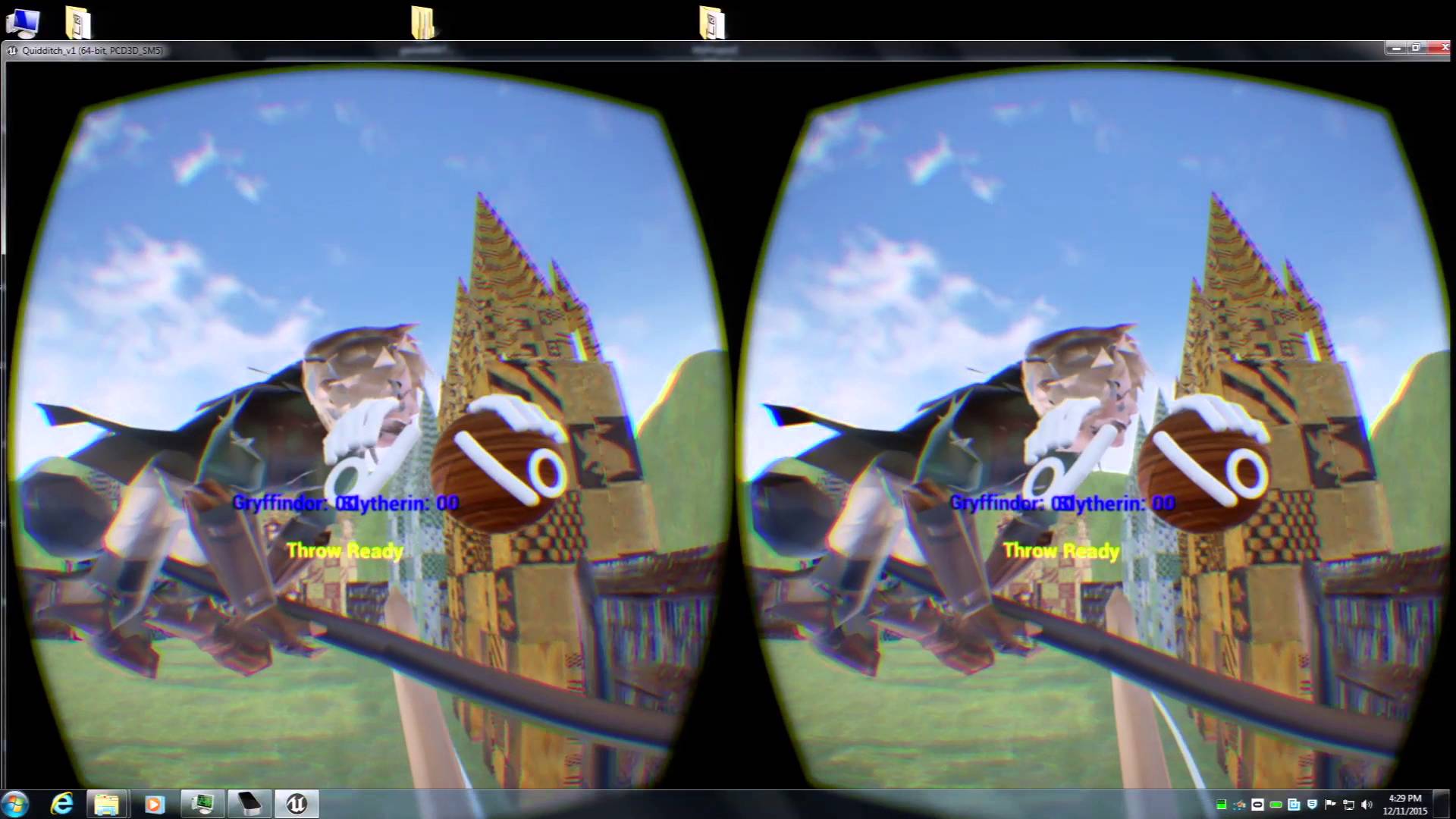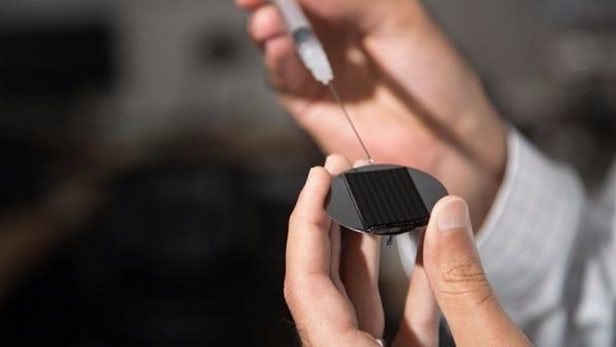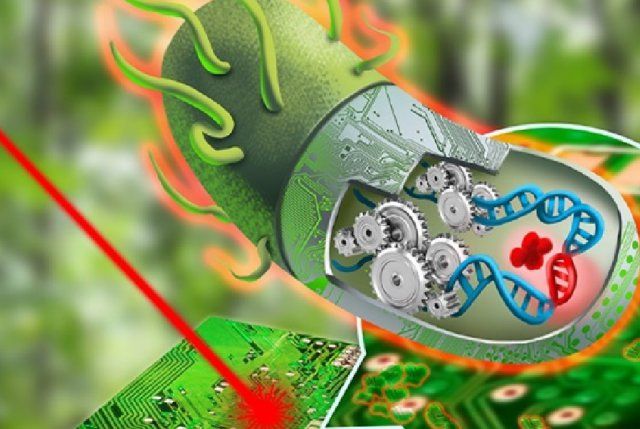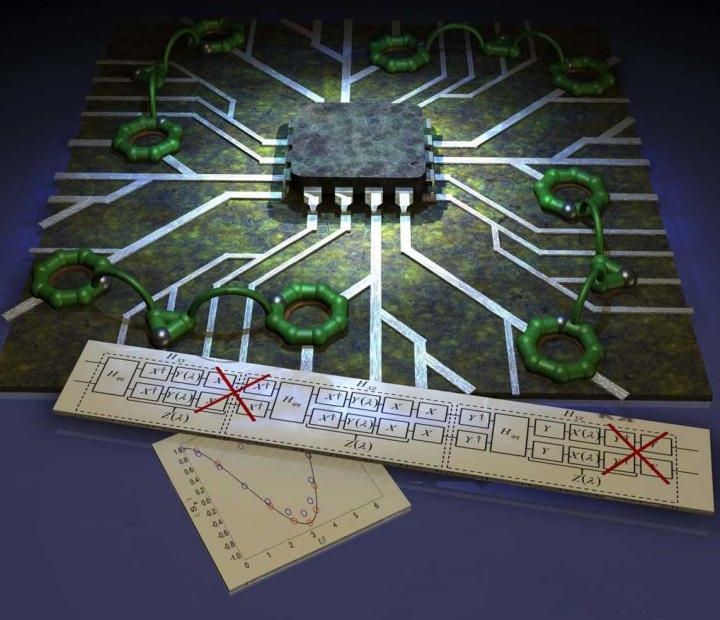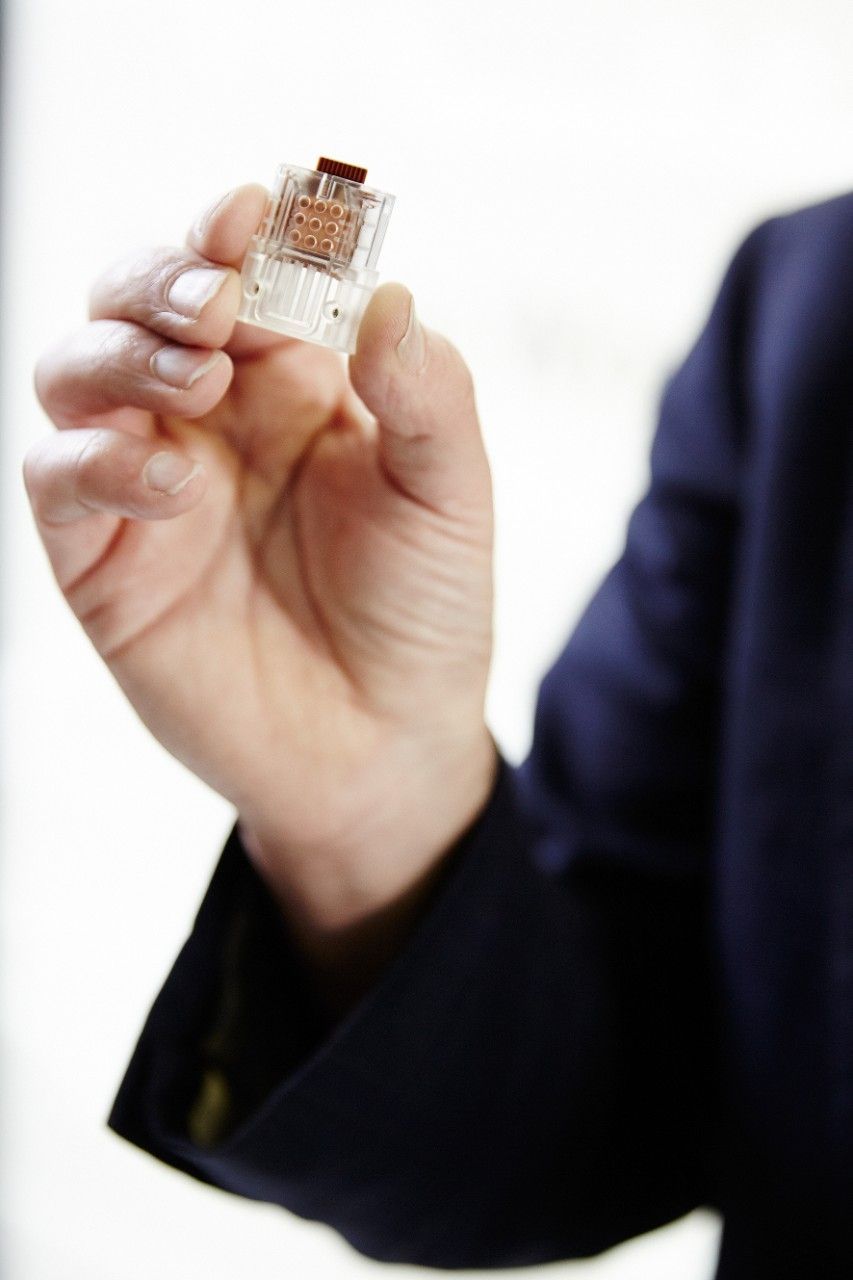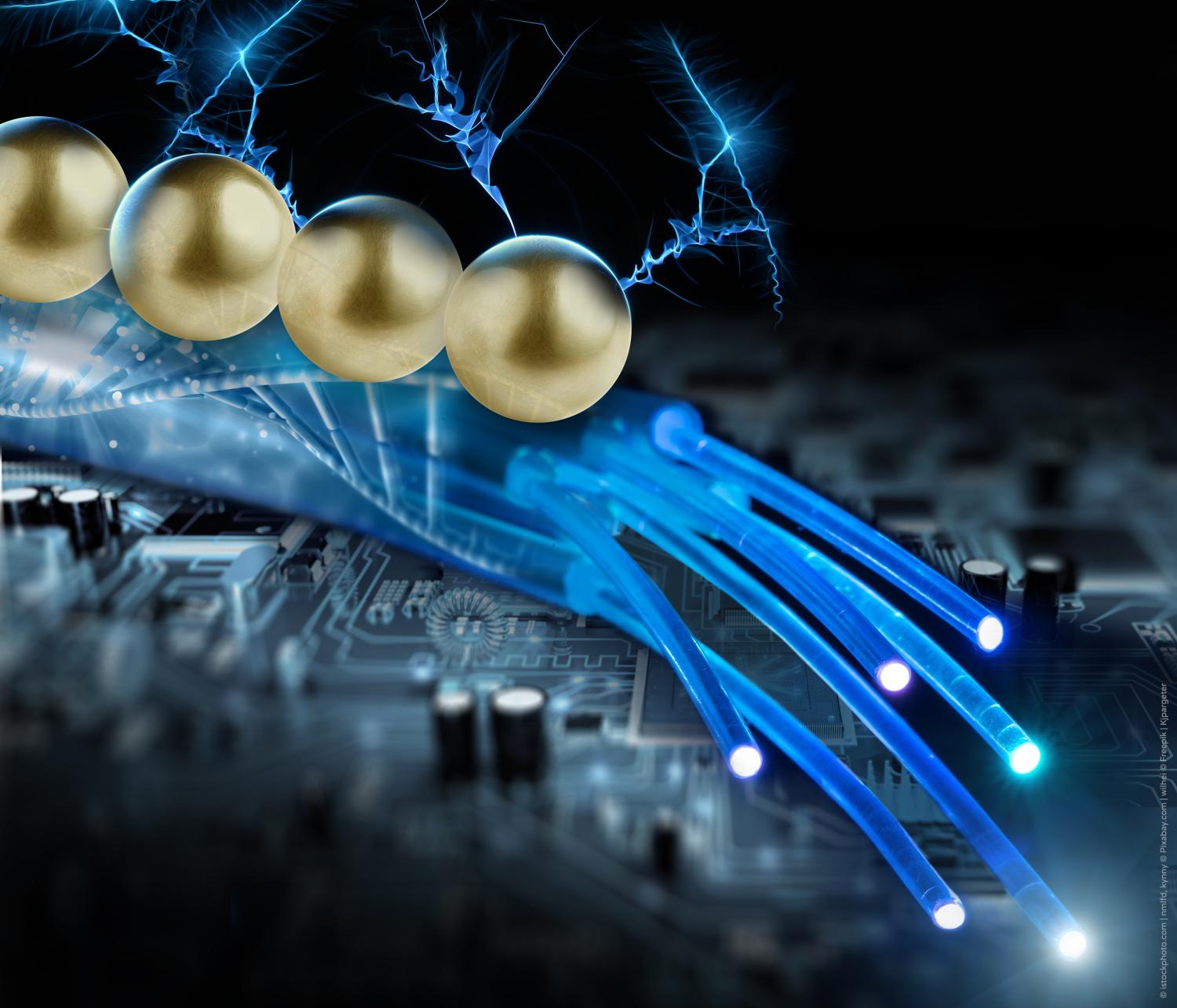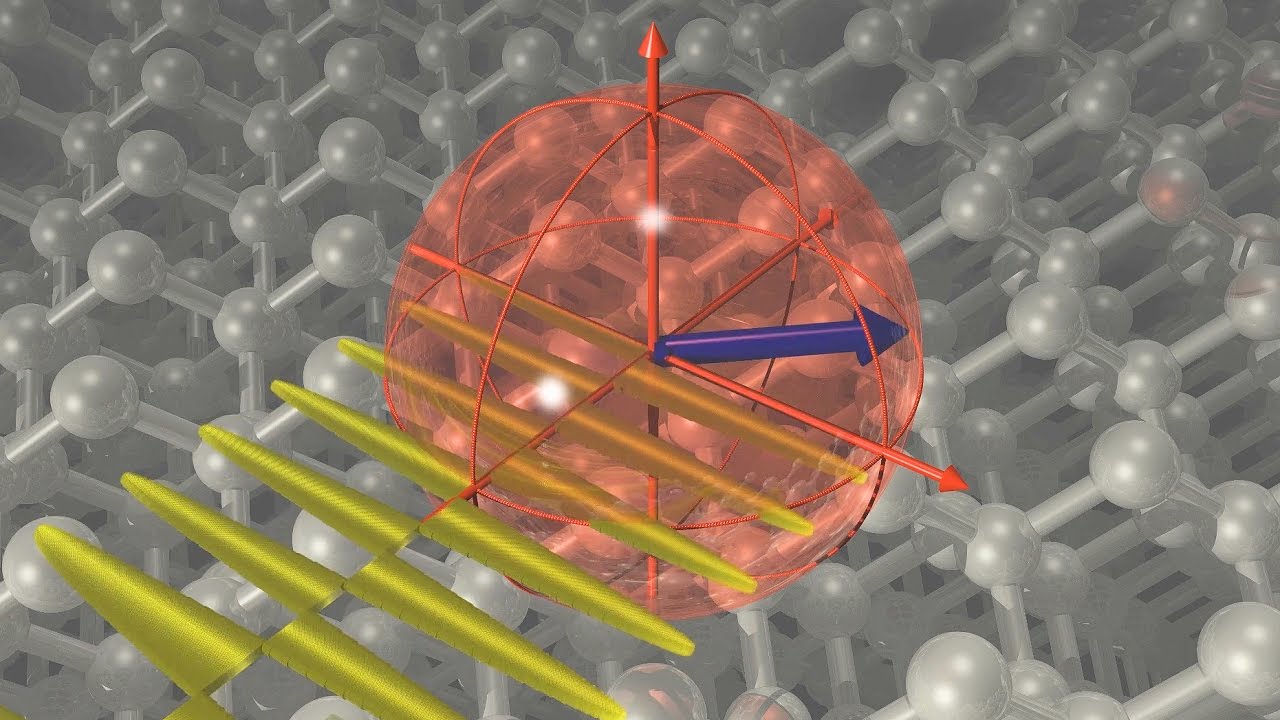A paralysed woman in the Netherlands is the first to be fitted with a new type of brain implant that allows patients who cannot speak or move to communicate using nothing but their thoughts.
The new implant, which works with a computer interface to help her spell out words and sentences, can be used anywhere, allowing her to communicate with people in the outside world, without medical experts on hand to help.
“This is a world first,” neuroscientist and lead researcher Nick Ramsay, from the University Medical School Utrecht, told CNN. “It’s a fully implantable system that works at home without need for any experts to make it work.”
